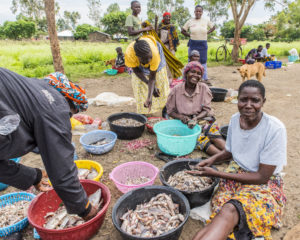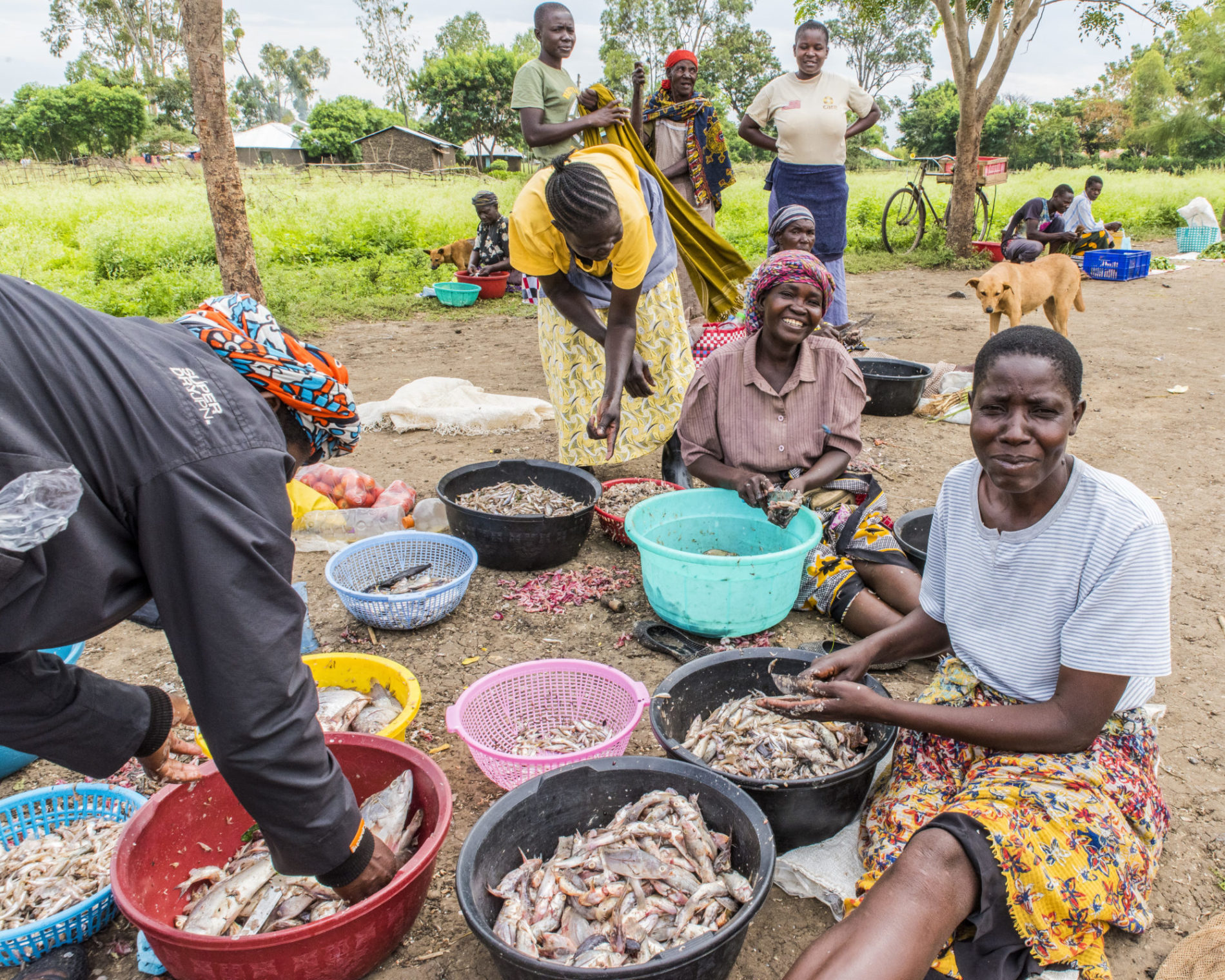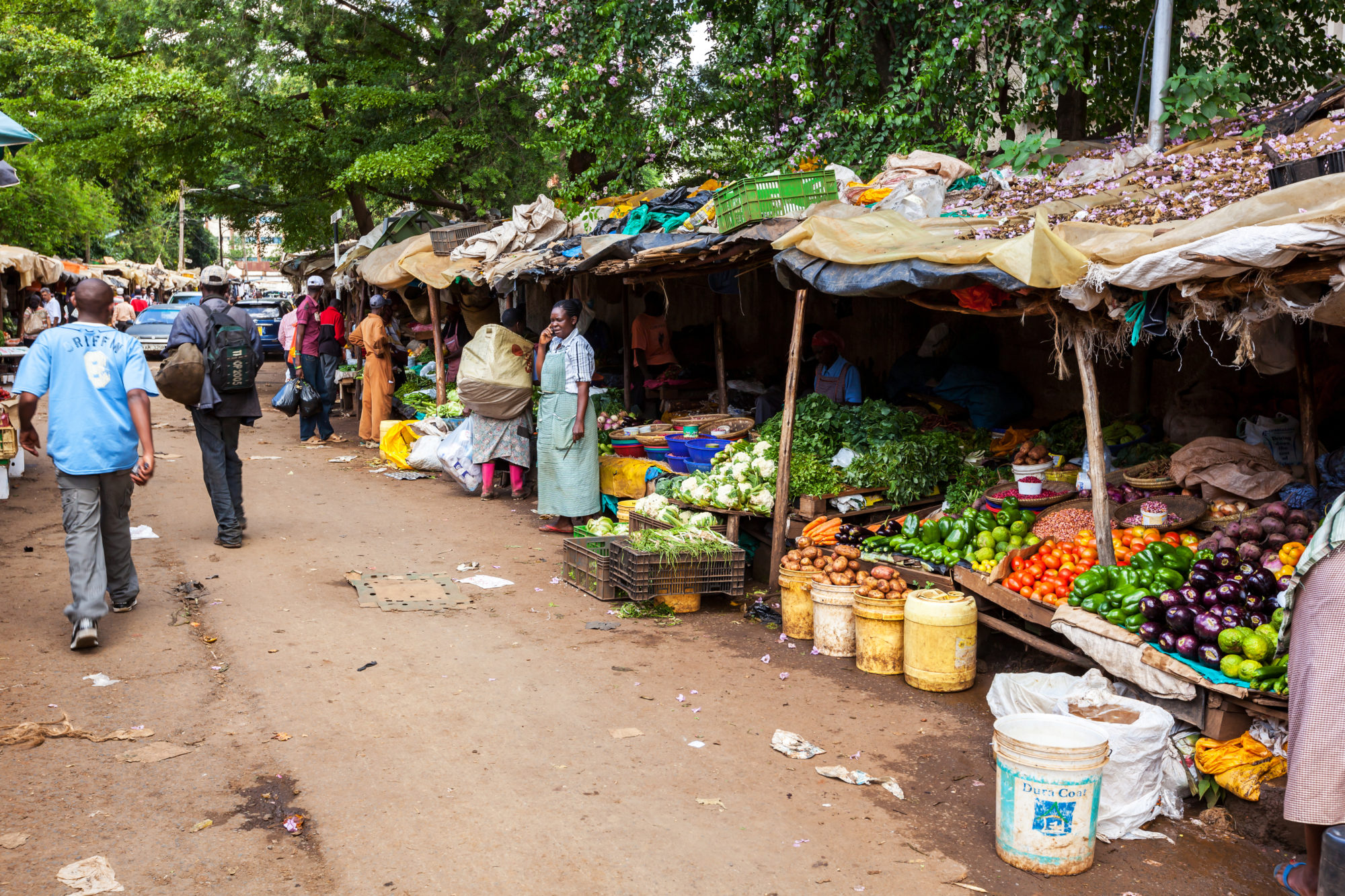
Interview with Celina Lee
Herman Smit interviews the new lead of insight2impact – Celina Lee.
Whether it is digital payments, resilience for MSMEs or financial integrity, much of our work is underpinned by the desire to create more inclusive financial systems and services. Cenfri has successfully implemented several multi-year financial inclusion programmes:
Making Access to Financial Services Possible or MAP (in partnership with UNCDF and FinMark Trust)
insight2impact or i2i (in partnership with the Bill & Melinda Gates Foundation and the Mastercard Foundation)
Risk, Remittances and Integrity or RRI (with FSD Africa)
Remittance Access Initiative (with IFAD’s Financing Facility for Remittances)
Our view is that while financial inclusion targets (such as the percentage of adults with a bank account) are valid, they don’t tell you much when tracked in isolation. It is important to understand whether people use their financial services, and if so, whether this enables them to meet their needs. We have developed six financial inclusion measurement frameworks that outline this expanded understanding of financial inclusion.

Herman Smit interviews the new lead of insight2impact – Celina Lee.

In the six countries featured in the MAP Global Insights series, informal financial services persist despite an explicit push both globally and within the countries to migrate consumers towards formal financial services. Whilst it is increasingly acknowledged that informal services often offer benefits that formal services do not (such as

Depth sounding: shifting measurement away from a one-dimensional view of financial inclusion (Note 2) is the second note to be published from the MAP Global Insights series. It introduces a new approach to measuring financial inclusion. To the traditional emphasis on measuring ‘breadth’ – that is, the number of people using any

More and more financial service providers (FSPs) are looking to data to inform investment decisions, such as “Where should we roll out financial service points?” Increasingly Geospatial (GIS) data is being included amongst the datasets FSPs are using when making decisions to improve the effectiveness of their investments. GIS data

The availability of data in financial inclusion has grown tremendously in recent years. Data initiatives such as the World Bank’s Findex, FinMark Trust’s Finscope, IMF’s Financial Access Surveys, AFI’s Core Set, GPFI’s Basic Set, MIX Market’s Finclusion Lab, as well as countless studies driven at a national level, have played a critical role in deepening our understanding

Client insights scoping series: Note 1. Evolution of analytics for business decision-making. This note is based on desktop research on the existing body of knowledge surrounding the use of data and analytics for business decision-making. In addition, the study has been informed by participation in various forums, conferences and lectures, as well as

Insight2impact hosted a workshop for the FSD Network entitled Location Matters: GIS in Financial Inclusion on 22 and 23 July 2015. This two-day workshop in Johannesburg, South Africa, focused on how Financial Sector Deepening Trusts (FSDs) and their partners can use geographic information systems (GIS) and geospatial data to better

Decoding the customer – First impressions from a more granular understanding of client typology is the first note to be published from the MAP Global Insights series, and unpacks the target market segmentation approach that is central to programme’s client-centric analytical methodology, providing a clear and concise look at the emerging cross-country customer

Financial services, including savings accounts and investments into capital assets such as land, have traditionally excluded women in the ASEAN region. Evidence shows that including them can greatly influence the intergenerational wealth of their families. This report focuses on the role played by remittances in achieving broader development objectives with

Zambia is one of nine countries in sub-Saharan Africa with more registered mobile money accounts than bank accounts (GSMA, 2013). Previous case studies investigating the rise of m-insurance (i.e. microinsurance sold through mobile phones) in Zimbabwe and Tanzania, highlighted that whilst m-insurance initiatives have the potential to enhance access to

Herman Smit interviews the new lead of insight2impact – Celina Lee.

In the six countries featured in the MAP Global Insights series, informal financial services persist despite an explicit push both globally and within the countries to migrate consumers towards formal financial services. Whilst it is increasingly acknowledged that informal services often offer benefits that formal services do not (such as

Depth sounding: shifting measurement away from a one-dimensional view of financial inclusion (Note 2) is the second note to be published from the MAP Global Insights series. It introduces a new approach to measuring financial inclusion. To the traditional emphasis on measuring ‘breadth’ – that is, the number of people using any

More and more financial service providers (FSPs) are looking to data to inform investment decisions, such as “Where should we roll out financial service points?” Increasingly Geospatial (GIS) data is being included amongst the datasets FSPs are using when making decisions to improve the effectiveness of their investments. GIS data

The availability of data in financial inclusion has grown tremendously in recent years. Data initiatives such as the World Bank’s Findex, FinMark Trust’s Finscope, IMF’s Financial Access Surveys, AFI’s Core Set, GPFI’s Basic Set, MIX Market’s Finclusion Lab, as well as countless studies driven at a national level, have played a critical role in deepening our understanding

Client insights scoping series: Note 1. Evolution of analytics for business decision-making. This note is based on desktop research on the existing body of knowledge surrounding the use of data and analytics for business decision-making. In addition, the study has been informed by participation in various forums, conferences and lectures, as well as

Insight2impact hosted a workshop for the FSD Network entitled Location Matters: GIS in Financial Inclusion on 22 and 23 July 2015. This two-day workshop in Johannesburg, South Africa, focused on how Financial Sector Deepening Trusts (FSDs) and their partners can use geographic information systems (GIS) and geospatial data to better

Decoding the customer – First impressions from a more granular understanding of client typology is the first note to be published from the MAP Global Insights series, and unpacks the target market segmentation approach that is central to programme’s client-centric analytical methodology, providing a clear and concise look at the emerging cross-country customer

Financial services, including savings accounts and investments into capital assets such as land, have traditionally excluded women in the ASEAN region. Evidence shows that including them can greatly influence the intergenerational wealth of their families. This report focuses on the role played by remittances in achieving broader development objectives with

Zambia is one of nine countries in sub-Saharan Africa with more registered mobile money accounts than bank accounts (GSMA, 2013). Previous case studies investigating the rise of m-insurance (i.e. microinsurance sold through mobile phones) in Zimbabwe and Tanzania, highlighted that whilst m-insurance initiatives have the potential to enhance access to
| Cookie | Duration | Description |
|---|---|---|
| cookielawinfo-checbox-analytics | 11 months | This cookie is set by GDPR Cookie Consent plugin. The cookie is used to store the user consent for the cookies in the category "Analytics". |
| cookielawinfo-checbox-functional | 11 months | The cookie is set by GDPR cookie consent to record the user consent for the cookies in the category "Functional". |
| cookielawinfo-checbox-others | 11 months | This cookie is set by GDPR Cookie Consent plugin. The cookie is used to store the user consent for the cookies in the category "Other. |
| cookielawinfo-checkbox-necessary | 11 months | This cookie is set by GDPR Cookie Consent plugin. The cookies is used to store the user consent for the cookies in the category "Necessary". |
| cookielawinfo-checkbox-performance | 11 months | This cookie is set by GDPR Cookie Consent plugin. The cookie is used to store the user consent for the cookies in the category "Performance". |
| viewed_cookie_policy | 11 months | The cookie is set by the GDPR Cookie Consent plugin and is used to store whether or not user has consented to the use of cookies. It does not store any personal data. |
Please provide the following details and we will get back to you as soon as possible